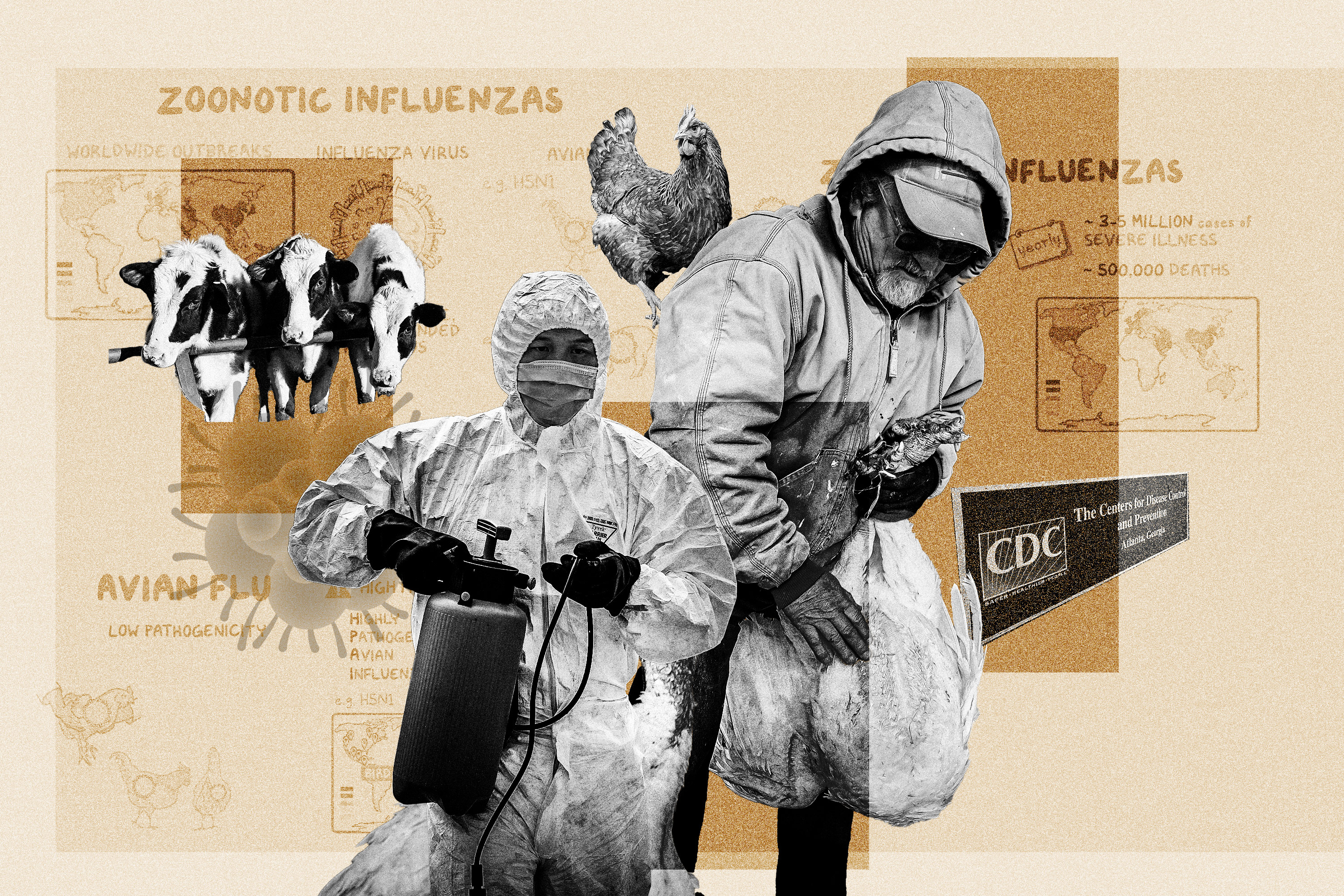With the second human bird flu case in the United States in the past two years and the COVID-19 pandemic still fresh in the public’s memory, concern is rising over the potential for avian influenza to be a public health problem in America.
Bird flu, a longtime pest for the world’s poultry industry, is now crossing over to other animals, including livestock and humans. In March and April, the U.S. Department of Agriculture (USDA) reported bird flu detections in dairy herds in Idaho, Kansas, Michigan, New Mexico, and Texas. That followed news of a goat in Minnesota contracting the disease in March.










